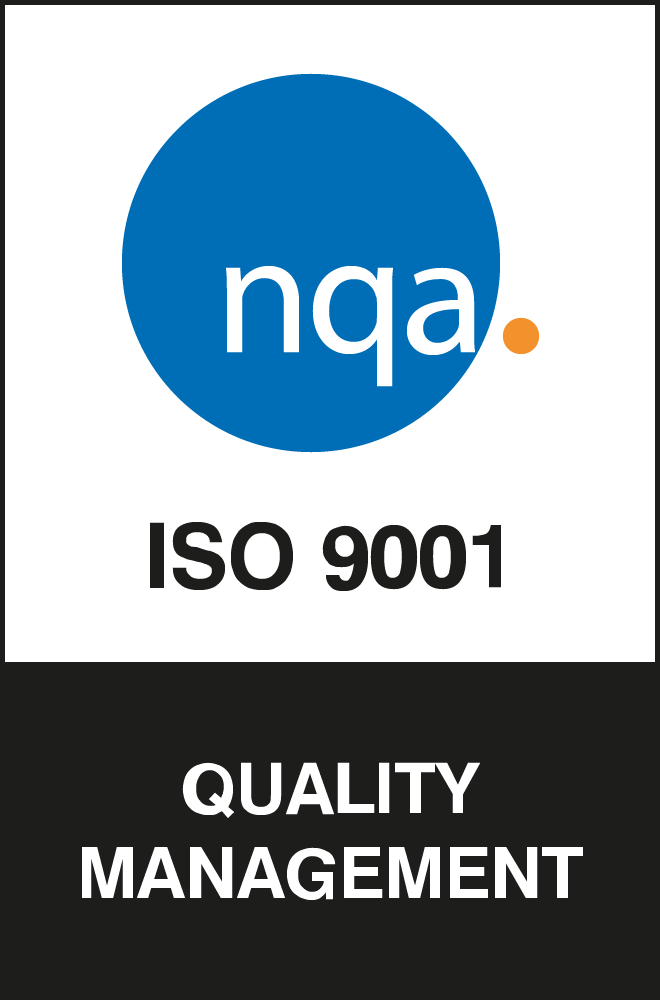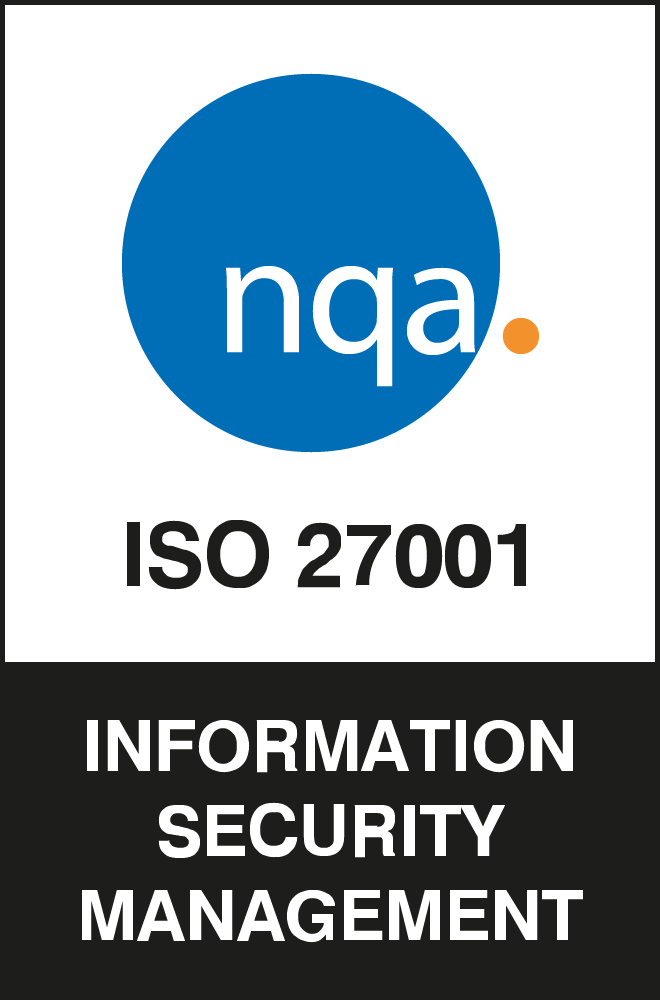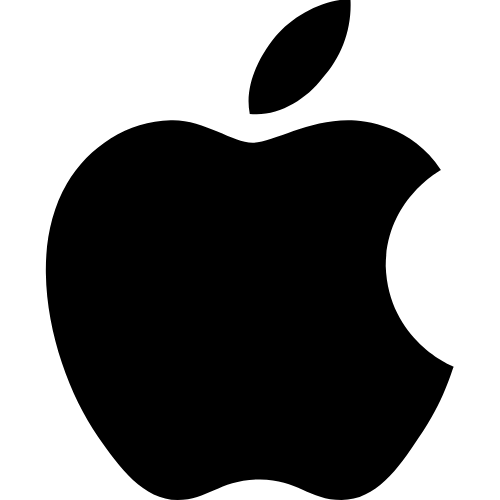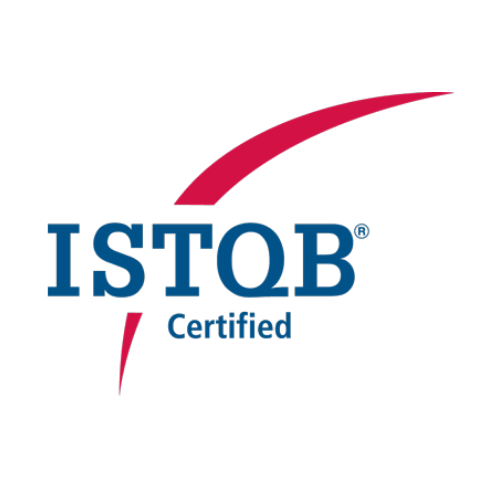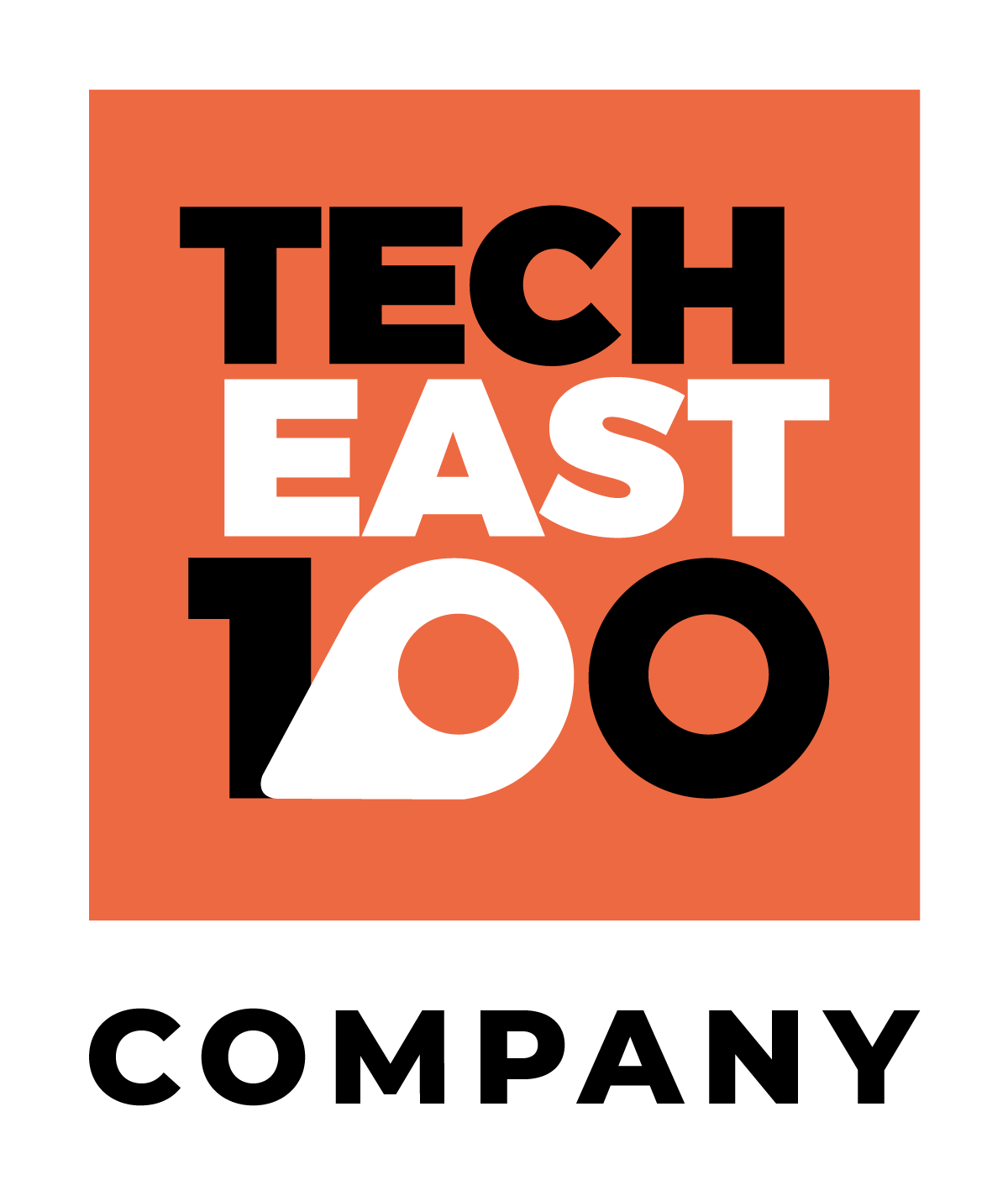What is the Bluetooth® Market Update?
The 2020 Bluetooth® Market Update is a report examining the growth of the Bluetooth SIG member community as well as trends, forecasts and opportunities of Bluetooth’s wireless solutions and vertical markets. It is supported by data from ABI Research and other analyst firms and is intended to inform the Internet of Things (IoT) decision-makers on how Bluetooth technology can impact their businesses.
Learn more about the key points from the report below.
Bluetooth Market & SIG Membership Growth 2020
Bluetooth continues to be the global wireless standard powering IoT devices within the home and commercial sectors, with the Bluetooth Special Interest Group (SIG) continuing to drive innovation of the technology year on year. This latest market work shows membership continuing to grow with 15 different ‘working groups’ working on 80 Bluetooth specifications including new ones and enhancements to existing ones. Membership of the group continues to grow as the number of Bluetooth devices continues to increase with no signs of slowing down.
The market continues to shift away from Bluetooth Classic devices to Bluetooth LE and dual-mode. With 7.5 Billion Bluetooth LE devices expected to ship over the next 4 years. By which time 100% of phones, tablets and laptops are expected to ship with dual-mode support.
This latest market update highlights the technologies progression from its initial implementation of a simple wireless replacement for audio products before expanding into data transfer and how location services and large scale device network solutions.
Bluetooth Technology Trends 2020
LE Audio
Announced at the start of 2020 LE Audio, is another innovation extending the capabilities of Bluetooth audio. LE Audio introduces support for hearing aids, Multi-Stream Audio and Broadcast Audio using Bluetooth Low Energy promising reduced power demands compared with Bluetooth Classic.
Multi-Stream enables the “transmission of multiple independent synchronized audio streams”, introducing a new standard for developing products like true wireless earbuds. Currently, products like Pixel Buds or Airpods rely on the device playing audio to stream to one of the two earbuds, which must then perform complex syncing behaviour with its pair. Multi-Stream Audio can be broadcast from the source device such as a smartphone to one or more audio sink devices. Making solutions easier to develop and improving support for stereo imaging experience you may have seen Apple’s Spatial Audio feature announced during the WWDC keynote or makes the use of voice assistant services more seamless, and makes switching between multiple audio source devices smoother.
Multi-Stream goes hand in hand with Broadcast, which introduces the ability to stream one or more audio streams to an unlimited number of devices. This audio Audio Sharing solution enables anything from sharing a song with a friend to choose to tap into the audio from that airport television or assistive services for individuals with a disability.
In order to support these new use cases, the new Low Complexity Communications Codec (LC3) has been introduced. Promising high quality at low data rates, also giving developers the flexibility to make decisions on the tradeoffs between audio quality and power consumption.
Mesh Networking
Bluetooth mesh adoption for Smart Building, Smart Industry, Smart Cities, and Smart Home continues to increase. Mesh technology is well suited to control, monitoring and automation. Devices are connected in many to many relationships to allow access and control from any point in the network by relaying messages between nodes to their destination. Removing the need for potentially costly centralised infrastructure, and the potential for single points of failure.
Mesh networks are secure making use of encryption and authentication at both the application and network layers making use of out of band (OOB) authentication techniques and AES-CCM encryption to secure all messages. Mesh systems can be used as stand-alone networks without additional infrastructure for increased security.
Bluetooth mesh offers a platform on which a range of solutions can be implemented. Commercial lighting continues to be a leading use case with 300 pages of the 1,000 Mesh Model specification devoted to it. The high level of detail in the specification makes it easier than ever to develop applications which work with a large number of devices without having to worry about proprietary technology. The Van Gogh Museum in Amsterdam is combining smart lighting with sensors to save energy while maintaining visitor experience and minimise art work to light exposure.
Technology Conclusions
- Bluetooth continues to be a technology of choice for developing solutions to meet the ever-expanding need for wireless connectivity.
- As well as being solution-oriented with Smart lighting driving adoption of Bluetooth Mesh and hearing aids for LE Audio. Building an in-depth specification around these devices will provide a clear framework for technology to be adapted to meet other use cases.
- Watching how premium audio brands like Bowers and Wilkins will respond to LE Audio, specifically the new Low Complexity Communications Codec (LC3) will be interesting. It remains to be seen if it will challenge the Qualcomm alternatives. A requirement for LE Audio to gain ground within the current Headphones market.
Bluetooth Market Forecasts by Industry
The complete analysis of markets was quite extensive in the report, however, we have covered the key points below:
Phone, Tablet & PC
- Bluetooth technology is at the forefront of location services and the smartphone experience.
- Bluetooth technology is eliminating wires, thus creating a more reliable, clutter-free user experience.
- Use of Bluetooth technology to support large-scale device network provisioning and control is growing in commercial and industrial environments.
Audio & Entertainment
- Earbuds and wireless headphones are dominating the market.
- 9 out of 10 speakers are wireless – so the market transition is nearly complete.
- The audio and entertainment industry is moving toward LE technology because of its multiple uses.
Automotive
- 87% of new cars have Bluetooth technology installed.
- Keyless entry is becoming the standard in the automation industry.
- Demand for wireless sensors is growing as use cases expand.
Connected Device
- Growth in shipments suggests demand for wearable devices such as smart-watches is expanding.
- Tracking technology to find missing items such as phones, keys and pets is growing in popularity.
- The advancement in Bluetooth technology means that “any device can be a connected device.”
Smart Building
- Market growth in Bluetooth devices in commercial and industrial environments has primarily been driven by 3 main use cases including smart lighting, location services and asset tracking.
- The champion use case for Bluetooth Mesh is smart lighting, with over 90% of Bluetooth Mesh certified devices focused on lighting.
- Location services supporting in-building wayfinding help to improve customer experience, like Gatwick helping customers reach the correct terminal, and creates operational efficiencies by supporting service engineers to find the correct machinery in addition to many more use cases.
- With 66 million Bluetooth tags being shipped in 2020, asset tracking is a growing area and is allowing more organisations the ability to effectively monitor the physical location of their assets and improve health and safety with geofencing for hazardous areas.
Smart Industry
- Within the industry, Bluetooth sensors for condition monitoring continue to grow in popularity due to their proven ability to play a key role in preventative maintenance combined with machine learning to provide increasingly accurate hardware assessments.
- Phones and tablets can now replace on-machine displays to shield workers from harsh environments, improve system monitoring and build better mobile experience to interact with complex machinery using intuitive UI.
- Making use of Bluetooth tags for asset tracking in real-time provides improved monitoring of high value or important movable assets, which makes it easier for workers to find them when needed.
Smart Home
- Bluetooth continues to be a reliable solution for controlling wireless devices from keyboards to smart speakers and lighting, with Alibaba and Xiaomi bringing Bluetooth Mesh devices into the home and home automation already accounting for 1 billion annual device shipments.
- In addition to this, the tech giants’ war to become the smart speaker of choice has been a key factor in the predicted 77% increase in Bluetooth voice control by 2024.
Smart City
- Promising to bring about the world of the future, Bluetooth technology is connecting the smart cities of tomorrow and adoption is expected to rise 5x compared to its current market size by 2024.
- The same asset tracking solutions used in industry are being used on a city wide scale with Micro Mobility becoming increasingly popular, and is expected to reach 45 million devices over the next four years.
- It’ll be interesting to see how much Bluetooth Mesh is adopted here because traditionally, smart cities rely on centralised infrastructure and Mesh removes the need for reducing costs.
This latest market update highlights the technology’s progression from its initial implementation of a simple wireless replacement for audio products, before expanding into data transfer, location services and large scale device network solutions. It continues to be a versatile technology, which can be adapted to a wide range of problems and market sectors, allowing the technology to span multiple market sectors.
Bluetooth Mesh has also found a new role in the home, commercial sector and smart cities for smart devices and automation; and location services have been improving the consumer experience at stadiums, airports, stadiums, hospitals, retail malls, tourism centres and museums – all of which work together to build smart cities.
Interested in Bluetooth?
If you’re interested in implementing Bluetooth technology into your software or want to discuss your next IoT project, get in touch with our team today.




